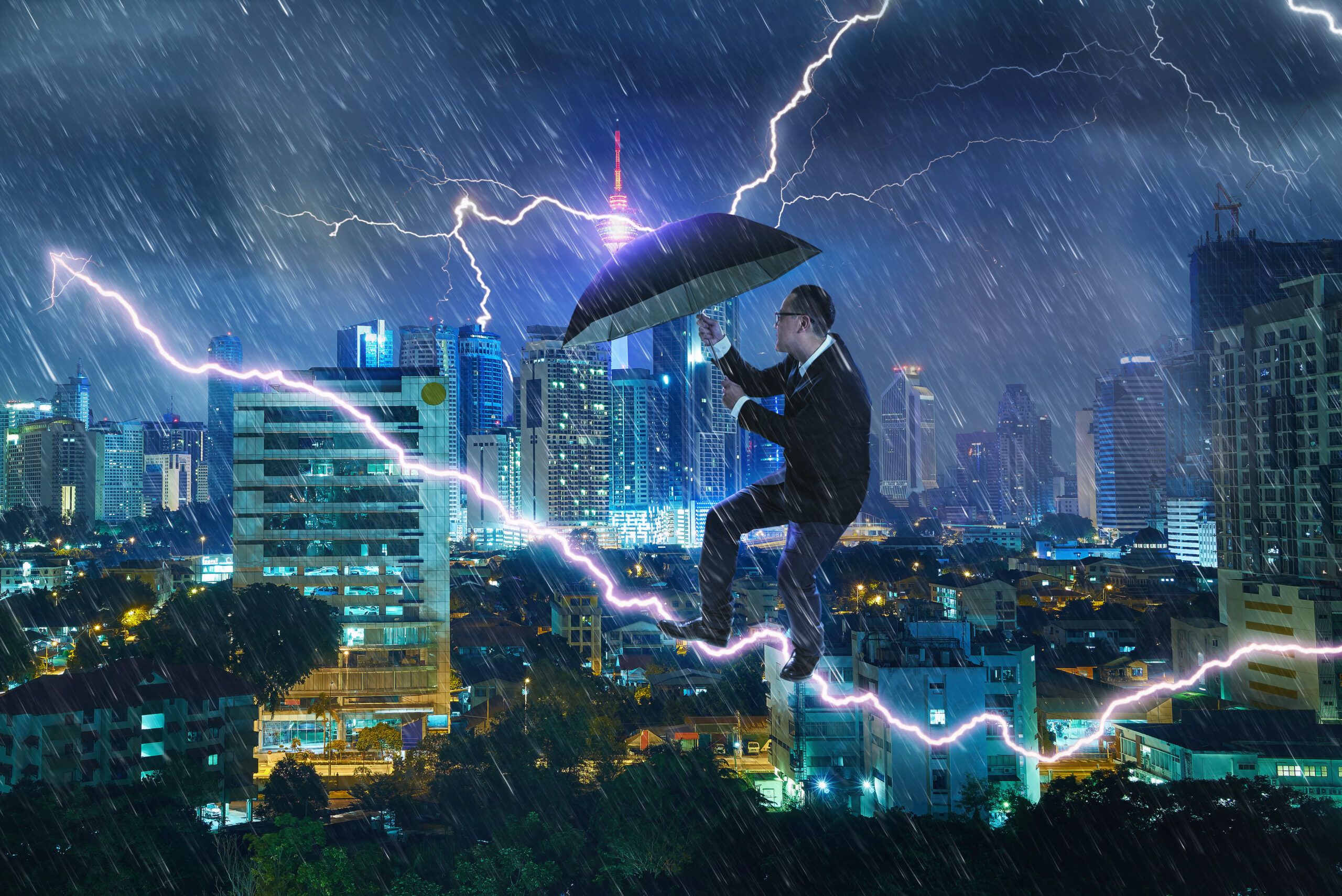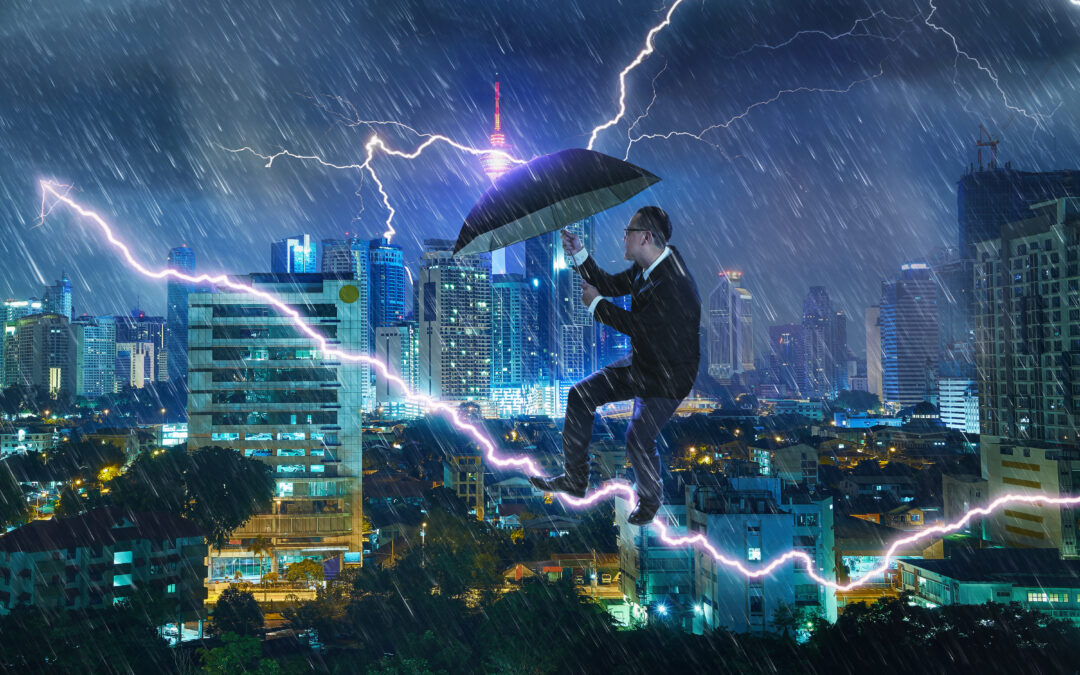Emergency preparedness is an essential aspect of ensuring your family’s safety and well-being in times of crisis. A disaster can strike at any time, leaving you without power, water or access to medical care. Being prepared for these situations can mean the difference between life and death. In this blog post, we will discuss what emergency preparedness entails, why it’s important, how to create an emergency kit, first aid supplies, water and food storage, shelter and warmth, communication and evacuation plans, practicing your plan, and taking action today.
Introduction: What is Emergency Preparedness?
Emergency preparedness refers to the steps taken by individuals, families, and communities to ensure they are ready for unexpected events such as natural disasters, pandemics, or other crises that may cause harm or disruption to daily lives. It involves having a plan in place, including knowing what to do, where to go, and how to communicate with loved ones during difficult times. By being proactive and preparing ahead of time, you can reduce stress, anxiety, and uncertainty when faced with challenging circumstances.
The Importance of Being Prepared
Many people underestimate the importance of emergency preparedness until they find themselves in a crisis situation. However, being unprepared can have severe consequences, including injury, illness, or even loss of life. According to FEMA, “Being prepared means having resources on hand to meet basic needs like food, water, and medicine.” Additionally, having a plan in place helps to reduce fear and anxiety, which can lead to better decision making during critical moments.

Creating an Emergency Kit
One of the most crucial aspects of emergency preparedness is creating an emergency kit. This should include items that will help keep you safe and comfortable during the first 72 hours following a crisis. Some essentials to consider adding to your kit include:
Water (enough for three days)
Non-perishable food items
Flashlights and extra batteries
First aid supplies, including bandages, antiseptic wipes, and pain relievers
Personal hygiene products, such as soap, toothpaste, and toilet paper
Clothing and blankets
First Aid and Medical Supplies
In addition to having a comprehensive first aid kit, it’s also essential to know basic first aid techniques. Consider taking a CPR/first aid course to learn how to respond to common injuries and illnesses. If someone in your household has specific medical needs, make sure to stock up on necessary medications and equipment, such as insulin or oxygen tanks.

Water and Food Storage
Access to clean drinking water is vital during a crisis. Store enough water for each member of your household to last at least three days. Consider investing in a portable water filtration system if you live in an area prone to flooding or contaminated water sources. When it comes to food, focus on non-perishable items that are easy to prepare, such as granola bars, trail mix, and canned goods.
Shelter and Warmth
If you lose power during a storm or other crisis, staying warm and dry becomes critical. Make sure to have adequate bedding, clothing, and blankets to keep everyone comfortable. If possible, try to stay indoors and avoid going outside unless absolutely necessary. Use caution when operating generators or heaters to prevent carbon monoxide poisoning.
Communication and Evacuation Plans
Having a clear communication plan in place is essential during a crisis. Establish a meeting point for your family members to gather after a disaster strikes. Choose a friend or relative who lives out of town as a contact person to check in with periodically. Be sure to program emergency numbers into your phone, such as local police and fire departments, as well as your doctor’s office. Finally, practice evacuation routes regularly so that everyone knows what to do in case of an emergency.
Practicing Your Plan
Regularly reviewing and practicing your emergency plan is key to ensuring its effectiveness. Conduct drills with your family members to simulate different scenarios, such as losing power or being unable to leave your home due to debris blocking roads. Practice using your emergency kits and first aid supplies to ensure everything works properly.
Conclusion: Take Action Today
Don’t wait until it’s too late to start thinking about emergency preparedness. Start building your emergency kit today and take steps to educate yourself and your family on how to stay safe and healthy during times of crisis. Remember, being prepared isn’t just about survival; it’s about thriving despite adversity.




